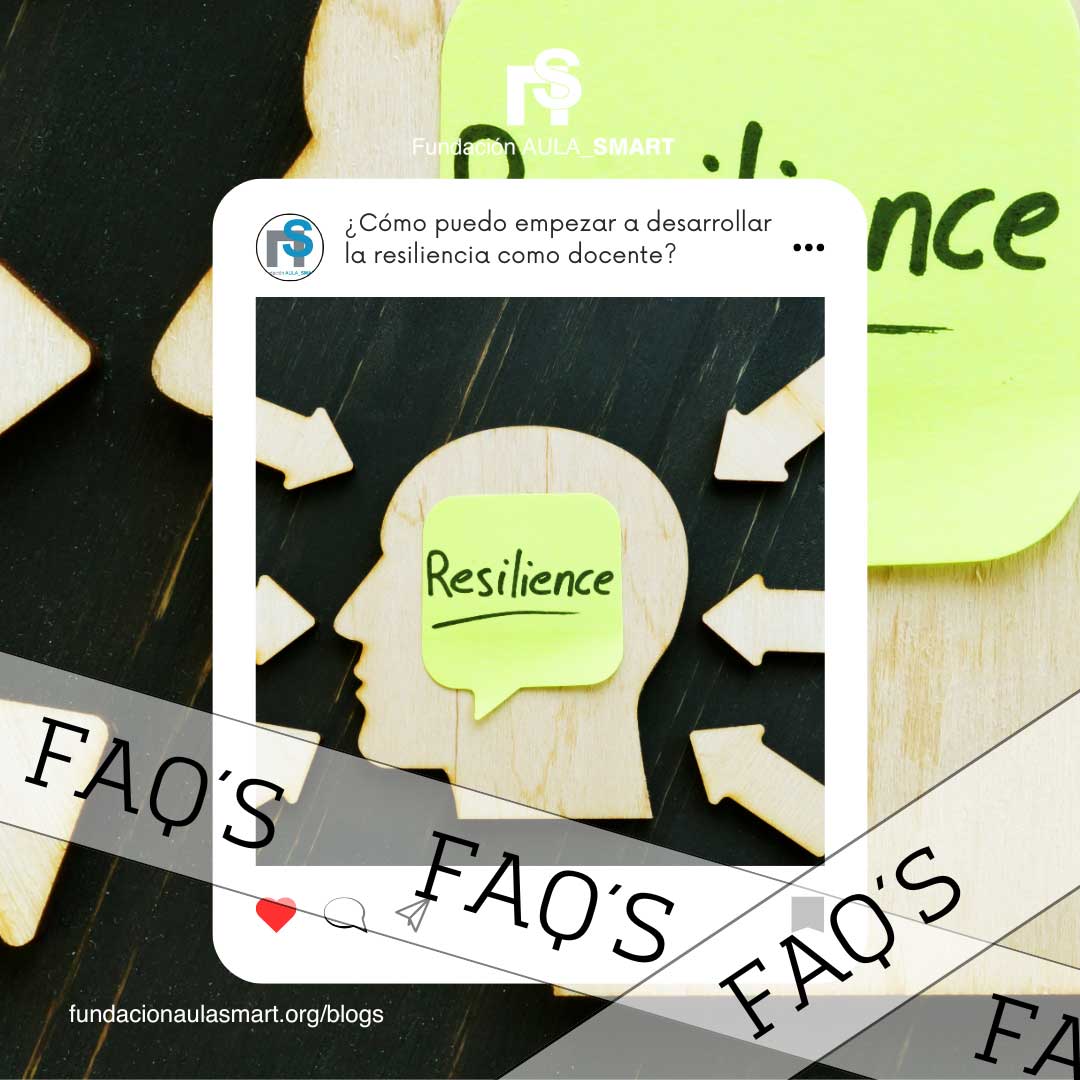Teaching stress is a worrying reality in the educational field. The administrative burden, the pressure due to academic results and the lack of resources generate a work environment that, in many cases, becomes unsustainable. However, this problem should not be seen only as an individual challenge of teachers, but as an institutional issue that requires concrete strategies and policies.
Are schools and educational systems enough to support their teachers? The implementation of well -being policies, continuous training and the promotion of healthy work environments can make a great difference in the quality of life of educators and, therefore, in the educational quality that students receive. In this article we will explore how institutions can contribute to reducing teaching stress and improving the school environment.
Institutional factors that generate stress in teachers
To understand how institutions can reduce teaching stress, it is first necessary to identify the institutional factors that generate it. Some of the most common are:
- Work overload: Teachers not only teach, but they must also meet administrative tasks, meetings, planning, exam correction and individualized student monitoring.
- Lack of institutional support: In many institutions, teachers feel that they do not receive support for discipline problems, excessive workload or conflicts with families and students.
- Toxic work environments: The lack of effective communication, authoritarian leadership and little collaboration between classmates can affect the mental health of teachers.
- Insufficient resources: The lack of adequate teaching materials, poor infrastructure and low wages also contribute to job dissatisfaction.
- Lack of continuous training: Face constant changes in the curriculum, new technologies and methodologies without adequate training generates stress and frustration.
Institutional strategies to reduce teaching stress
Educational institutions can adopt various strategies to improve the quality of life of teachers and reduce stress levels. Next, we explore some of the most effective:
1. implementation of teaching welfare policies
Institutions must develop specific well -being programs for educational personnel. Some actions include:
- Mental health programs: Offer access to psychological therapies, emotional advice or listening spaces inside the school.
- Time for self -care: Avoid time overload and allow rest spaces during the working day.
- Incentives and recognitions: Value and motivate teachers with salary incentives, public awards and growth opportunities.
2. Reduction of administrative load
Excess bureaucracy is one of the main causes of stress. Institutions can implement measures to reduce this load, such as:
- Digitize and simplify administrative processes.
- Delegate certain administrative responsibilities to specialized personnel, allowing teachers to concentrate on teaching.
- Eliminate unnecessary or duplicate tasks in reports and evaluations.
3. Creation of healthy labor environments
A positive and collaborative work environment directly impacts teachers' mental health. To do this, institutions must:
- Promote teamwork and cooperation between teachers.
- Guarantee clear and effective institutional communication.
- Promote leadership based on respect and empathy.
4. Continuous professional training and development
Constant training helps teachers feel more prepared and safe in the face of classroom challenges. Some actions that institutions can implement are:
- Offer training in stress management and emotional well -being.
- Provide access to update courses on innovative pedagogical methodologies.
- Facilitate spaces for exchange of experiences and good practices among teachers.
5. Support in classroom management and conflict management
Discipline problems are one of the main sources of stress for teachers. Institutions must provide support strategies for classroom management, such as:
- Clear and effective protocols for conflict resolution.
- Greater institutional support in situations of severe indiscipline.
- Socio -emotional education programs for students and teachers.
Examples of good institutional practices
Some institutions have successfully implemented strategies to reduce teaching stress. For example:
- Finland: The hourly load of teachers is less than in other countries, allowing more time for planning and rest. In addition, they have continuous training and autonomy in the classroom.
- Canada: There are mentoring programs for new teachers and psychological support for teachers.
- Spain: Some communities have implemented teaching welfare plans, including active breaks and mental health training.
Conclusion
Teaching stress is not only an individual problem, but an institutional issue that requires structural solutions. Schools and educational systems must assume their responsibility and work on well -being policies, administrative load reduction, healthy labor environments and continuous training for teachers.
When educators have real support, their performance improves and, with it, the educational quality of the students. A motivated and with good mental health is key to building a more efficient and human educational system.
If you are a teacher and you feel that work pressure is excessive, it is important to seek support and demand changes in institutions. Quality education not only depends on the contents that are taught, but also the well -being of those who teach.


















Leave a comment
All comments are moderated before being published.
This site is protected by hCaptcha and the hCaptcha Privacy Policy and Terms of Service apply.